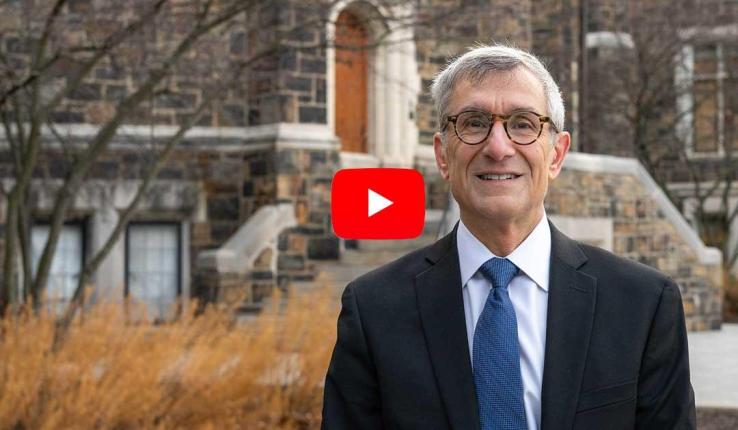A national study on access to healthcare visits, medicine/medical equipment and community resources during the COVID-19 pandemic, shows disparities related to sociodemographic characteristics, like race, gender, and age. The study also reveals disparities connected to health-related characteristics, such as having a chronic illness, a mental health condition, or a disability.
A detailed analysis of data from a sample of 1,491 respondents, who completed a national online survey in August 2021, was just published online: “Development and Application of a Comprehensive Measure of Access to Health Services to Examine COVID-19 Health Disparities,” in Healthcare, an international, peer-reviewed scientific journal.
The study, say the authors, is among the first to provide “nuanced insights into individuals’ access to health services during the pandemic.”
“These results demonstrate that when researchers conceptualize and measure access to health services, we need to think more broadly than the typical definitions of healthcare and incorporate the social determinants of health,” says lead author Fathima Wakeel, assistant professor of community and population health in Lehigh's College of Health. “That is why we included access to community resources in our measurement of access to health services.”
Among the notable takeaways: Asians and other minority groups reported lower confidence in accessing community resources crucial for their health and wellbeing during the pandemic. “This resonates with prior literature that states how social factors might impact ethnic minority families with a collectivistic cultural background very differently than white Americans or those from an individualistic cultural background,” write the authors.
“Increases in xenophobia and hate crimes directed at Asian Americans during the pandemic may have impacted this group’s comfort in seeking community-based resources,” say the authors.
In addition, those with lower annual household incomes reported lower confidence in accessing community resources. This corroborates evidence that poorer individuals have significantly less access to neighborhood and community resources than higher income individuals, though lower-income individuals are more in need of them.
Joining Wakeel in the study was a group of Lehigh faculty working across disciplines: Haiyan Jia, assistant professor of journalism; Lifang He, assistant professor of computer science and engineering; Karmel S. Shehadeh, assistant professor of industrial and systems engineering; and Lucy E. Napper, associate professor of psychology and the Health, Medicine, and Society program.
Together, the team developed and tested a new Access to Health Services measure, that in addition to measuring access to medicine and medical equipment, access to healthcare visits, also included access to community resources, which is not typically used in such studies.
“Our study presents a new access-to-health-services measure, sheds light on which populations may be most vulnerable to experiencing reduced access to health services, and informs the development of programmatic interventions to address the salient needs of these populations,” write the authors.
“Our research provides an empirically validated scale for future research on healthcare access and health disparities,” says co-author Haiyan Jia. “We also identified key areas, such as food access support, housing support, domestic violence resources, mental health resources, substance misuse resources, parenting/family support services, LGBTQ+ support and spiritual/religious resources for community-oriented public health emergency planning. This is important for recovery from the Covid-19 pandemic and prevention and mitigation for future crises.”
The researchers found that social isolation measures necessary to mitigate the spread of COVID-19 led to disparities related to social factors. For example, individuals who had children under 18 experienced some healthcare access challenges.
In addition, individuals aged 65 or older reported significantly less impact on their healthcare access and higher confidence in accessing community resources.
“These Medicare-eligible individuals were perhaps more likely to be prioritized for healthcare access due to more pressing health concerns, and they may also have more experience with obtaining community resources due to age,” write the authors.
“Our findings have critical implications for the creation of programmatic interventions to address the long-term needs of populations whose access to health services was most impacted during the pandemic, as well as the development of policies to better prepare for future global health emergencies,” says Wakeel.





